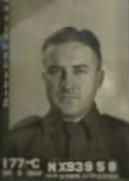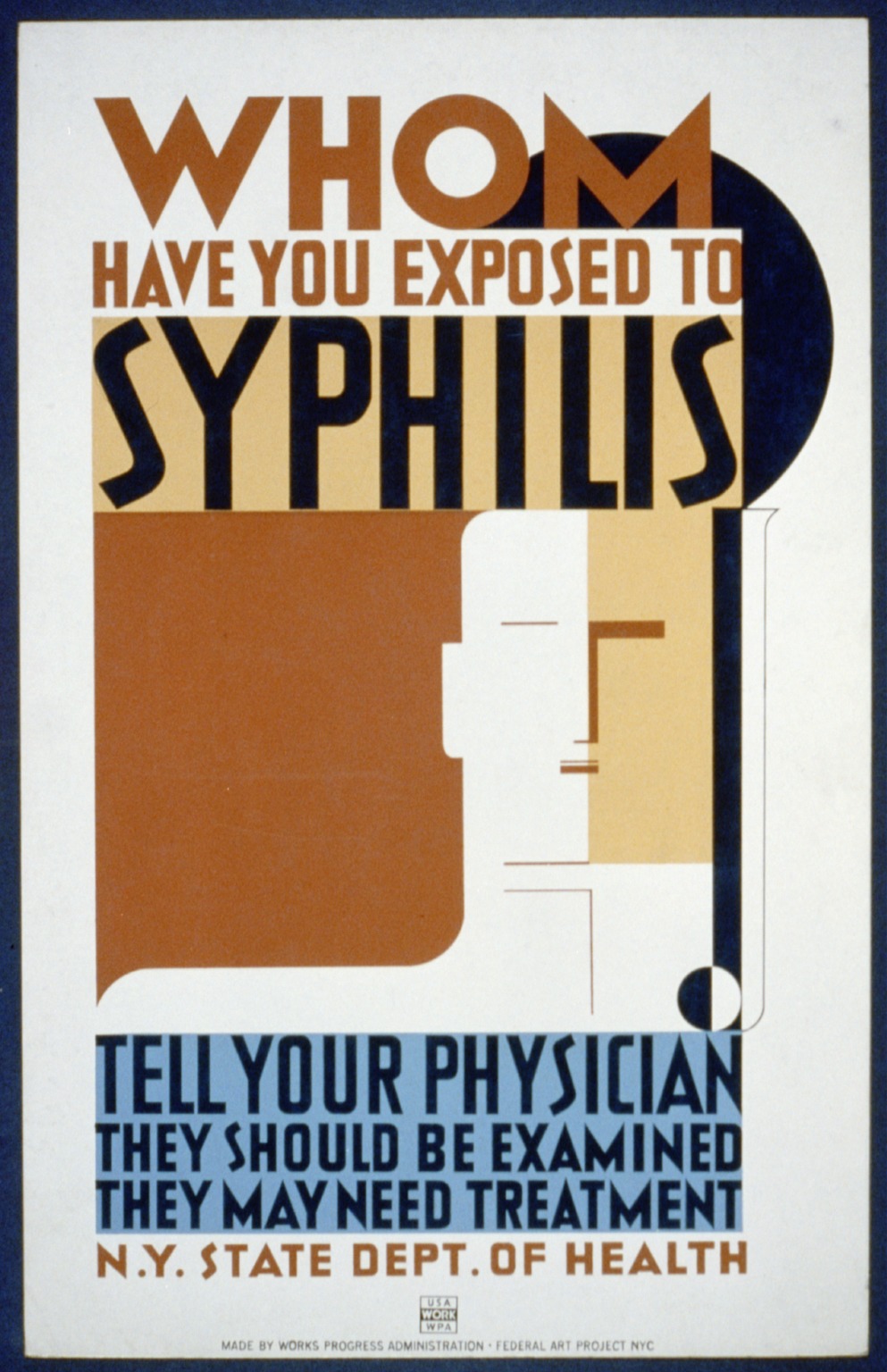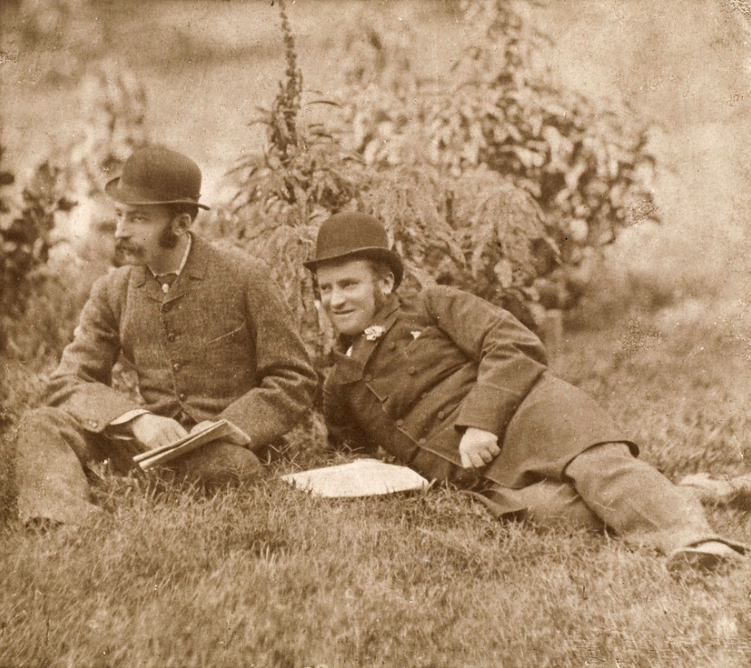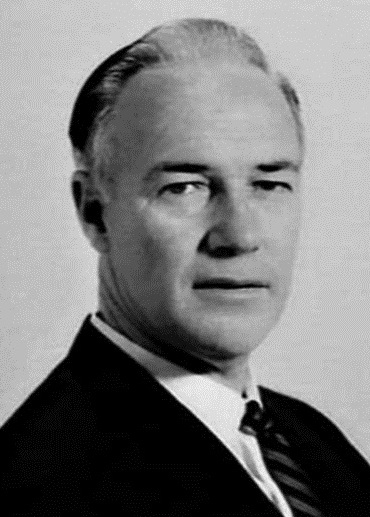|
Pat Hills
Patrick Darcy Hills (31 December 1917 – 22 April 1992) was a New South Wales politician. He served in various high offices across the state most notably the Deputy Premier of New South Wales, Leader of the Opposition and as the Lord Mayor of Sydney. Early life Hills was born in the Sydney suburb of Surry Hills. He was educated at Marist Brothers High School, Darlinghurst and was apprenticed as an electrical engineer. He was an alderman on Sydney City Council from 1948 to 1956 and Lord Mayor of Sydney from 1953 to 1956, during which time he was fooled into carrying a fake Olympic torch. Political career Hills was elected to the New South Wales Legislative Assembly The New South Wales Legislative Assembly is the lower of the two houses of the Parliament of New South Wales, an Australian state. The upper house is the New South Wales Legislative Council. Both the Assembly and Council sit at Parliament House ... as the member for Phillip in 1954, representing the ... [...More Info...] [...Related Items...] OR: [Wikipedia] [Google] [Baidu] |
Deputy Premier Of New South Wales
The deputy premier of New South Wales is the second-most senior officer in the Government of New South Wales. The deputy premiership has been a ministerial portfolio since 1932, and the deputy premier is appointed by the governor on the advice of the premier. The current deputy premier is Prue Car, since 28 March 2023, who is also the Minister for Education and Early Learning. Ultimately, the deputy premier is responsible to the Parliament of New South Wales. History The office of Deputy Premier was created in May 1932 for Michael Bruxner, the leader of the Country Party (later renamed the National Party). Prior to that time the term was sometimes used unofficially (without capital letters) for the second-highest ranking minister in the government. In Labor governments, the deputy premier is the party's deputy leader. Generally speaking, this person has come from the left faction of the party whereas the premier has come from the right faction. In Liberal-National Coalit ... [...More Info...] [...Related Items...] OR: [Wikipedia] [Google] [Baidu] |
The Honourable
''The Honourable'' (Commonwealth English) or ''The Honorable'' (American English; American and British English spelling differences#-our, -or, see spelling differences) (abbreviation: ''Hon.'', ''Hon'ble'', or variations) is an honorific Style (manner of address), style that is used as a prefix before the names or titles of certain people, usually with official governmental or diplomatic positions. Use by governments International diplomacy In international diplomatic relations, representatives of foreign states are often styled as ''The Honourable''. Deputy chiefs of mission, , consuls-general, consuls and honorary consuls are always given the style. All heads of consular posts, whether they are honorary or career postholders, are accorded the style according to the State Department of the United States. However, the style ''Excellency'' instead of ''The Honourable'' is used for ambassadors and high commissioners only. Africa Democratic Republic of the Congo In the Democrati ... [...More Info...] [...Related Items...] OR: [Wikipedia] [Google] [Baidu] |
Robert Askin
Sir Robert William Askin, GCMG (4 April 1907 – 9 September 1981), was an Australian politician and the 32nd premier of New South Wales from 1965 to 1975, the first representing the Liberal Party. He was born in 1907 as Robin William Askin, but always disliked his first name and changed it by deed poll in 1971. Before being knighted in 1972, however, he was generally known as Bob Askin. Born in Sydney in 1907, Askin was educated at Sydney Technical High School. After serving as a bank officer and as a sergeant in the Second World War, Askin joined the Liberal Party and was elected to the seat of Collaroy at the 1950 election. Askin quickly rose through party ranks, eventually becoming deputy leader following Walter Howarth's resignation in July 1954. When long-serving party leader Vernon Treatt announced his resignation in August 1954, Askin put his name forward to replace him. At the vote, he became deadlocked against Pat Morton and Askin asked his former commanding offi ... [...More Info...] [...Related Items...] OR: [Wikipedia] [Google] [Baidu] |
The Canberra Times
''The Canberra Times'' is a daily newspaper in Canberra, Australia, which is published by Australian Community Media. It was founded in 1926, and has changed ownership and format several times. History ''The Canberra Times'' was launched in 1926 by Thomas Shakespeare along with his oldest son Arthur Shakespeare and two younger sons Christopher and James. The newspaper's headquarters were originally located in the Civic retail precinct, in Cooyong Street and Mort Street, in blocks bought by Thomas Shakespeare in the first sale of Canberra leases in 1924. The newspaper's first issue was published on 3 September 1926. It was the second paper to be printed in the city, the first being '' The Federal Capital Pioneer''. Between September 1926 and February 1928, the newspaper was a weekly issue. The first daily issue was 28 February 1928. In June 1956, ''The Canberra Times'' converted from broadsheet to tabloid format. Arthur Shakespeare sold the paper to John Fairfax ... [...More Info...] [...Related Items...] OR: [Wikipedia] [Google] [Baidu] |
Bill Sheahan (politician)
William Francis Sheahan (3 September 1895 – 27 December 1975) also known as Bill Sheahan or Billy Sheahan, was an Australian politician, elected as a member of the New South Wales Legislative Assembly. Early life Born in Tumut, New South Wales, the son of the publicans of the hotel at Jugiong, Sheahan attended schools in Tumut and St Patrick's College, Goulburn. Sheahan gained work as a clerk in the Crown Law Department in 1914 before enlisting in the Australian Imperial Force in 1916, serving in France and Flanders. Following World War I, Sheahan returned to the Crown Law Department, working there until 1930, when he received a Bachelor of Laws at the University of Sydney and established a large criminal law practice. Called to the bar in 1930, Sheahan was made a Queen's Counsel in 1953. Political career Elected as the Labor Party member for the New South Wales Electoral district of Yass in 1941, Sheahan served in parliament until 1973 (from 1950 as the member for Bur ... [...More Info...] [...Related Items...] OR: [Wikipedia] [Google] [Baidu] |
Who's Who In Australia
The pronoun ''who'', in English language, English, is an English interrogative words, interrogative pronoun and a English relative words, relative pronoun, used primarily to refer to persons. Unmarked, ''who'' is the pronoun's subjective form; its inflected forms are the objective case, objective ''whom'' and the possessive ''whose''. The set has derived Indefinite pronoun, indefinite forms ''whoever'', ''whomever'', and ''whoseever,'' as well as a further, earlier such set ''whosoever,'' ''whomsoever'', and ''whosesoever'' (see also "-ever"). Etymology The interrogative and relative pronouns ''who'' derive from the Old English language, Old English singular interrogative , and whose paradigm is set out below: It was not until the end of the 17th century that ''who'' became the only pronoun that could ask about the identity of persons and ''what'' fully lost this ability. "The first occurrences of wh-relatives date from the twelfth century (with the possible exception (see ... [...More Info...] [...Related Items...] OR: [Wikipedia] [Google] [Baidu] |
The Bulletin (Australian Periodical)
''The Bulletin'' was an Australian weekly magazine based in Sydney and first published in 1880. It featured politics, business, poetry, fiction and humour, alongside cartoons and other illustrations. ''The Bulletin'' exerted significant influence on Australian culture and politics, emerging as "Australia's most popular magazine" by the late 1880s. Jingoistic, xenophobic, anti-imperialist and Republicanism in Australia, republican, it promoted the idea of an Australian national identity distinct from its British colonial origins. Described as "the bushman's bible", ''The Bulletin'' helped cultivate a mythology surrounding the The bush#The Australian bush, Australian bush, with bush poets such as Henry Lawson and Banjo Paterson contributing many of their best known works to the publication. After federation of Australia, federation in 1901, ''The Bulletin'' changed owners multiple times and gradually became more conservative in its views while remaining an "organ of Australianism" ... [...More Info...] [...Related Items...] OR: [Wikipedia] [Google] [Baidu] |
Robert Heffron
Robert James Heffron (10 September 189027 July 1978), also known as Bob Heffron or R. J. Heffron, was a long-serving New South Wales politician, union organiser and AustralianLabor Party (ALP) Premier of New South Wales from 1959 to 1964. Born in New Zealand, Heffron became involved in various Socialist and labour movements in New Zealand and later Australia before joining the Australian Labor Party. A prominent unionist organiser, he was gaoled for "conspiracy to strike action". He was later elected to the Parliament of New South Wales for Botany in 1930. However his disputes with party leader Jack Lang led to his expulsion from the ALP in 1936 and Heffron formed his own party from disgruntled Labor MPs known as the Industrial Labor Party. The success of his party enabled his readmission to the party and his prominence in a post-Lang NSW Branch which won office in 1941. Heffron served as Minister of the Crown in the cabinets of William McKell, James McGirr and Joseph Cahill ... [...More Info...] [...Related Items...] OR: [Wikipedia] [Google] [Baidu] |
Electoral District Of Elizabeth (New South Wales)
Elizabeth was an electoral district of the Legislative Assembly in the Australian state of New South Wales, created in 1981, partly replacing Phillip, and including central Sydney and nearby suburbs, alongside Lord Howe Island Lord Howe Island (; formerly Lord Howe's Island) is an irregularly crescent-shaped volcanic remnant in the Tasman Sea between Australia and New Zealand, part of the Australian state of New South Wales. It lies directly east of mainland Port .... It was abolished at the following redistribution in 1988 and largely replaced by the district of McKell. Members for Elizabeth Election results References Former electoral districts of New South Wales Constituencies established in 1981 1981 establishments in Australia Constituencies disestablished in 1988 1988 disestablishments in Australia {{NewSouthWales-gov-stub ... [...More Info...] [...Related Items...] OR: [Wikipedia] [Google] [Baidu] |
Electoral District Of Phillip
Phillip was an electoral district of the Legislative Assembly in the Australian state of New South Wales, in central Sydney and named after Arthur Phillip. It was originally created in the 1904 re-distribution of electorates following the 1903 New South Wales referendum, which required the number of members of the Legislative Assembly to be reduced from 125 to 90. It consisted of part of the abolished seats of Sydney-Phillip and Darlington. It was initially south of Liverpool Street, east of George Street and City Road, north of Cleveland Street and west of Elizabeth Street. In 1920, with the introduction of proportional representation, it was absorbed into Sydney. Phillip was recreated in 1927 and abolished in 1981 and partly replaced by Elizabeth. From 1973 to 1981 it included Lord Howe Island Lord Howe Island (; formerly Lord Howe's Island) is an irregularly crescent-shaped volcanic remnant in the Tasman Sea between Australia and New Zealand, part of the Australian ... [...More Info...] [...Related Items...] OR: [Wikipedia] [Google] [Baidu] |
New South Wales Legislative Assembly
The New South Wales Legislative Assembly is the lower of the two houses of the Parliament of New South Wales, an Australian state. The upper house is the New South Wales Legislative Council. Both the Assembly and Council sit at Parliament House, Sydney, Parliament House in the state capital, Sydney. The Assembly is presided over by the Speaker of the New South Wales Legislative Assembly, Speaker of the Legislative Assembly. The Assembly has 93 members, elected by Constituency, single-member constituency, which are commonly known as seats. Voting is by the Optional Preferential Voting, optional Instant-runoff voting, preferential system. Members of the Legislative Assembly have the post-nominals Member of the Legislative Assembly#Australia, MP after their names. From the creation of the assembly up to about 1990, the post-nominals "MLA" (Member of the Legislative Assembly) were used. The Assembly is often called ''the bearpit'' on the basis of the house's reputation for confro ... [...More Info...] [...Related Items...] OR: [Wikipedia] [Google] [Baidu] |
1956 Olympic Flame Hoax
The 1956 Olympic flame hoax was an incident in which Barry Larkin, a veterinary student at the University of Sydney, ran with a homemade torch and fooled spectators, including a police escort and the Lord Mayor of Sydney, into thinking he was the torchbearer of the Olympic flame. ''The Independent'' called it the greatest hoax in Olympic history. Background In the lead-up to the 1956 Summer Olympics, about 3,000 runners carried the Olympic torch across Australia. First it traveled in a 29-hour plane ride from Athens to Darwin, where it was given to its first runner, Aboriginal basketball star Billy Larrakeyeah. Champion runner Harry Dillon was scheduled to carry the torch to Sydney Town Hall and present it to Lord Mayor Pat Hills, who would then make a speech and pass it to the next runner. Larkin and eight other students at St John's College, University of Sydney, planned to protest against the Olympic flame torch relay. One reason for the protest was that the torch relay was ... [...More Info...] [...Related Items...] OR: [Wikipedia] [Google] [Baidu] |







